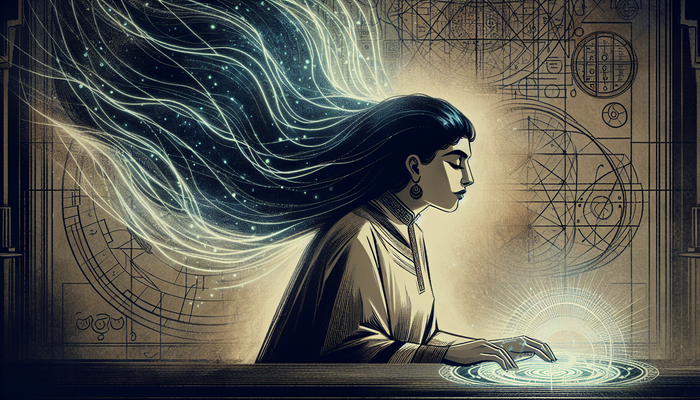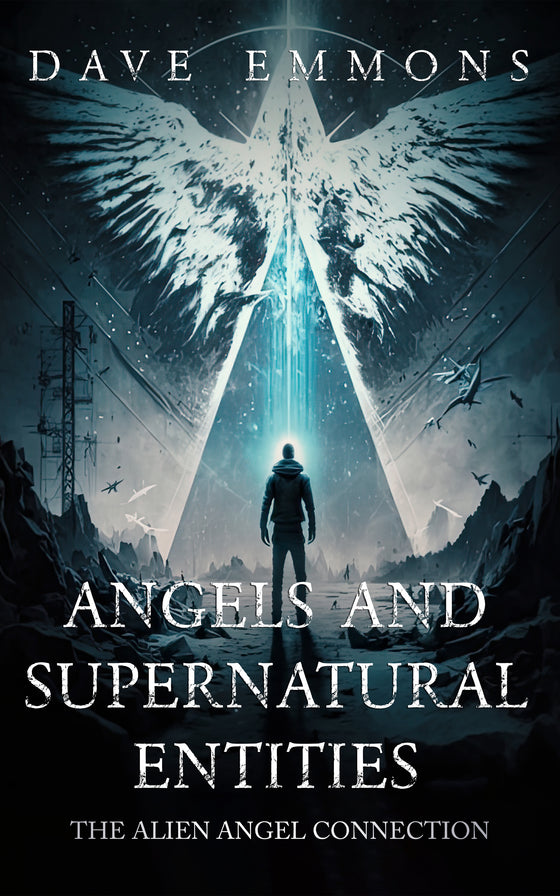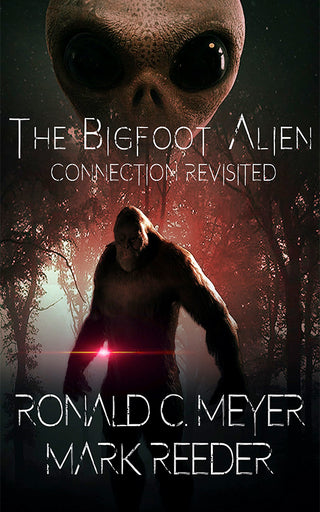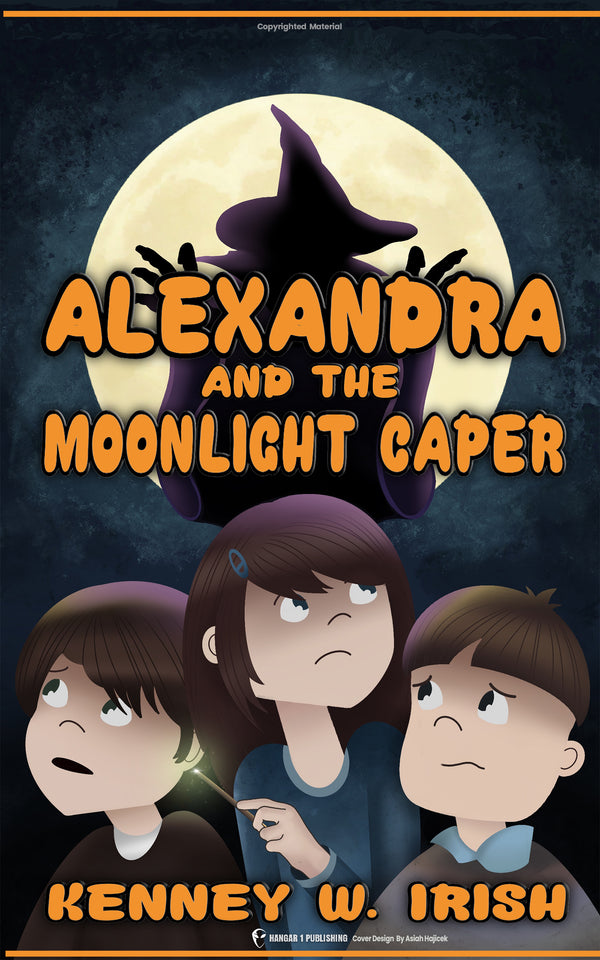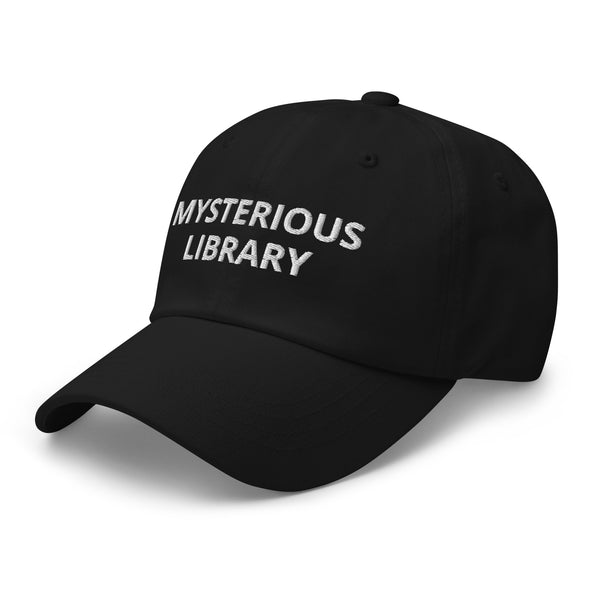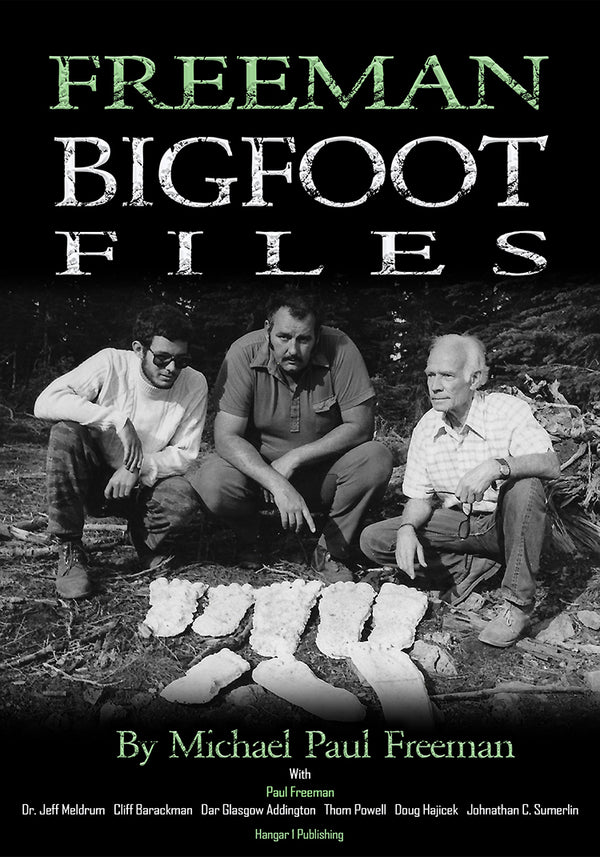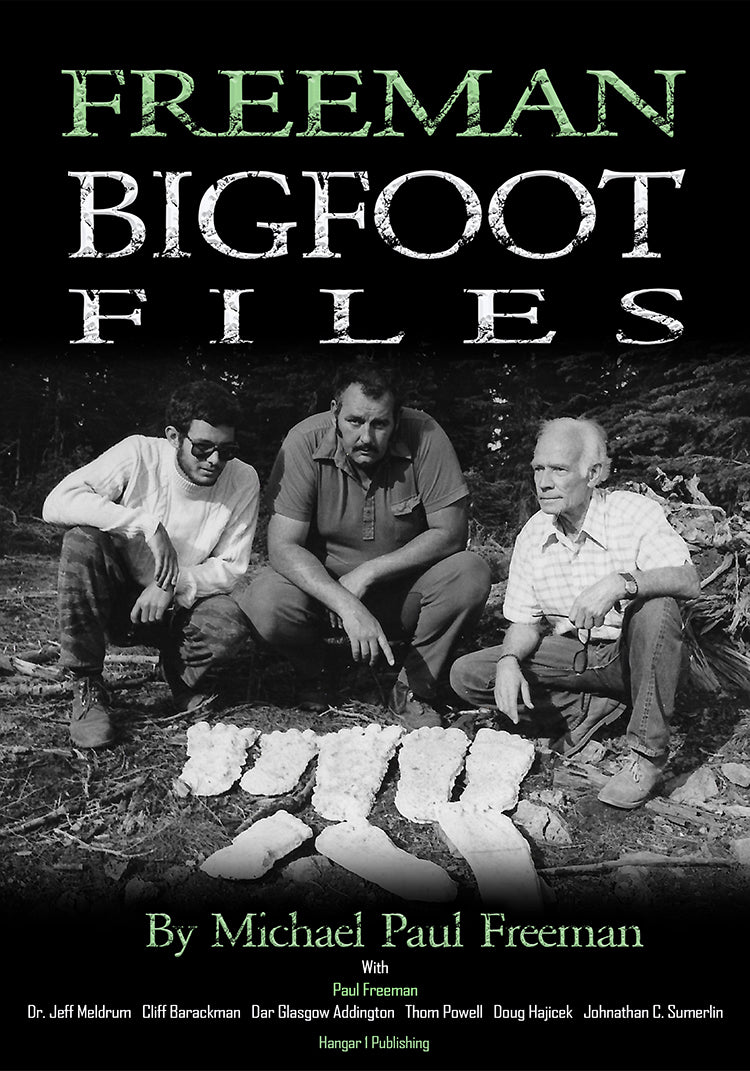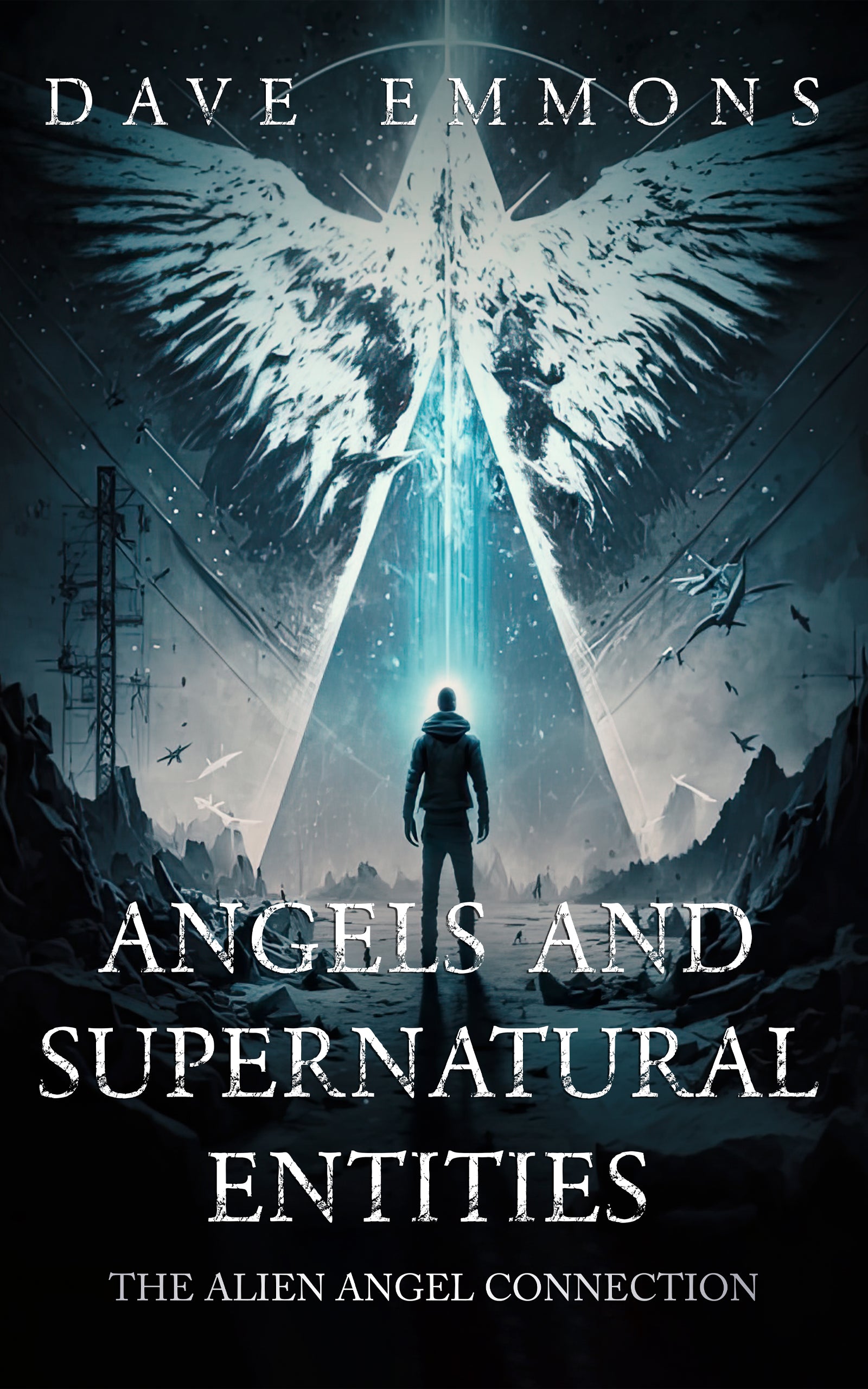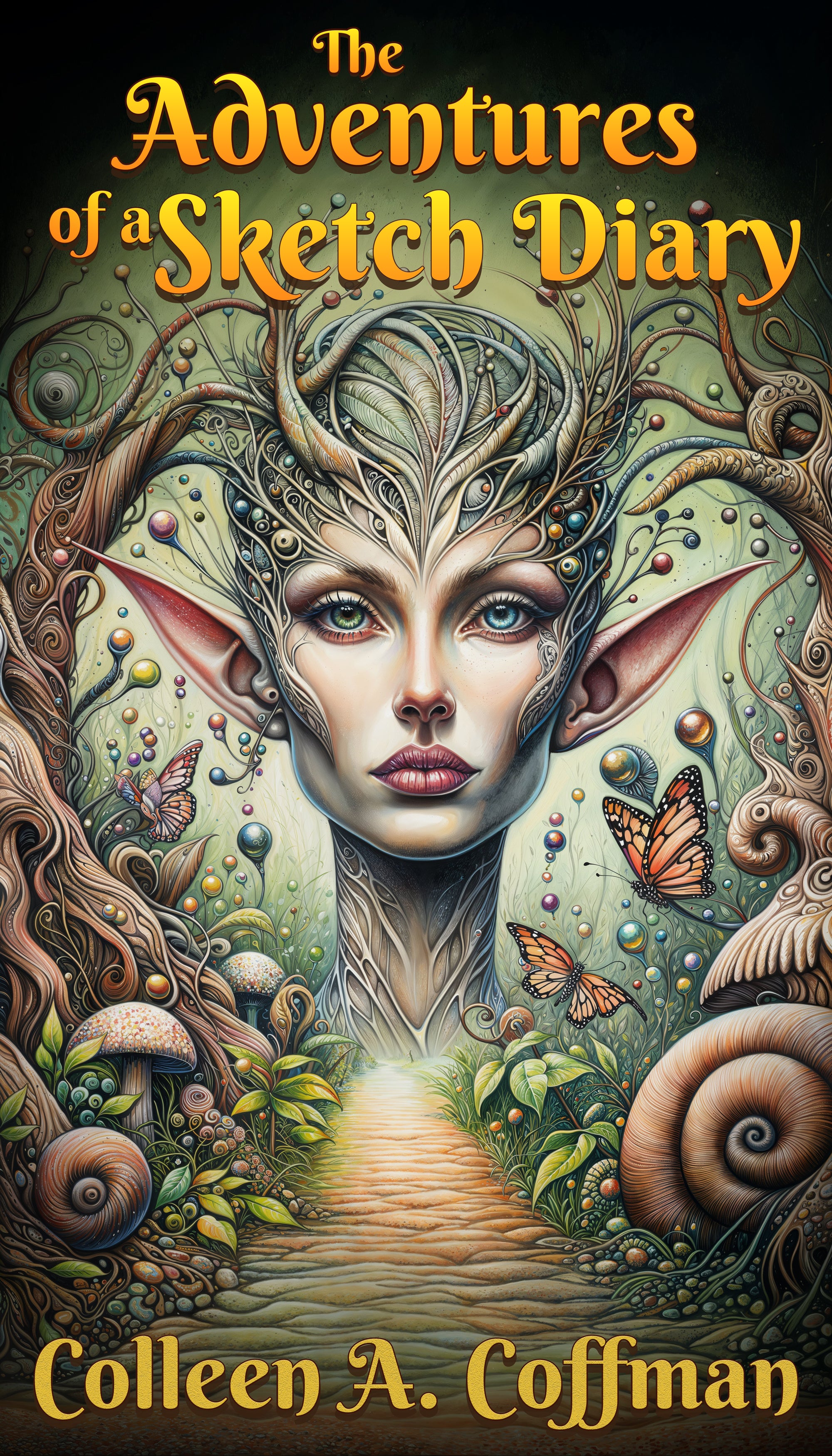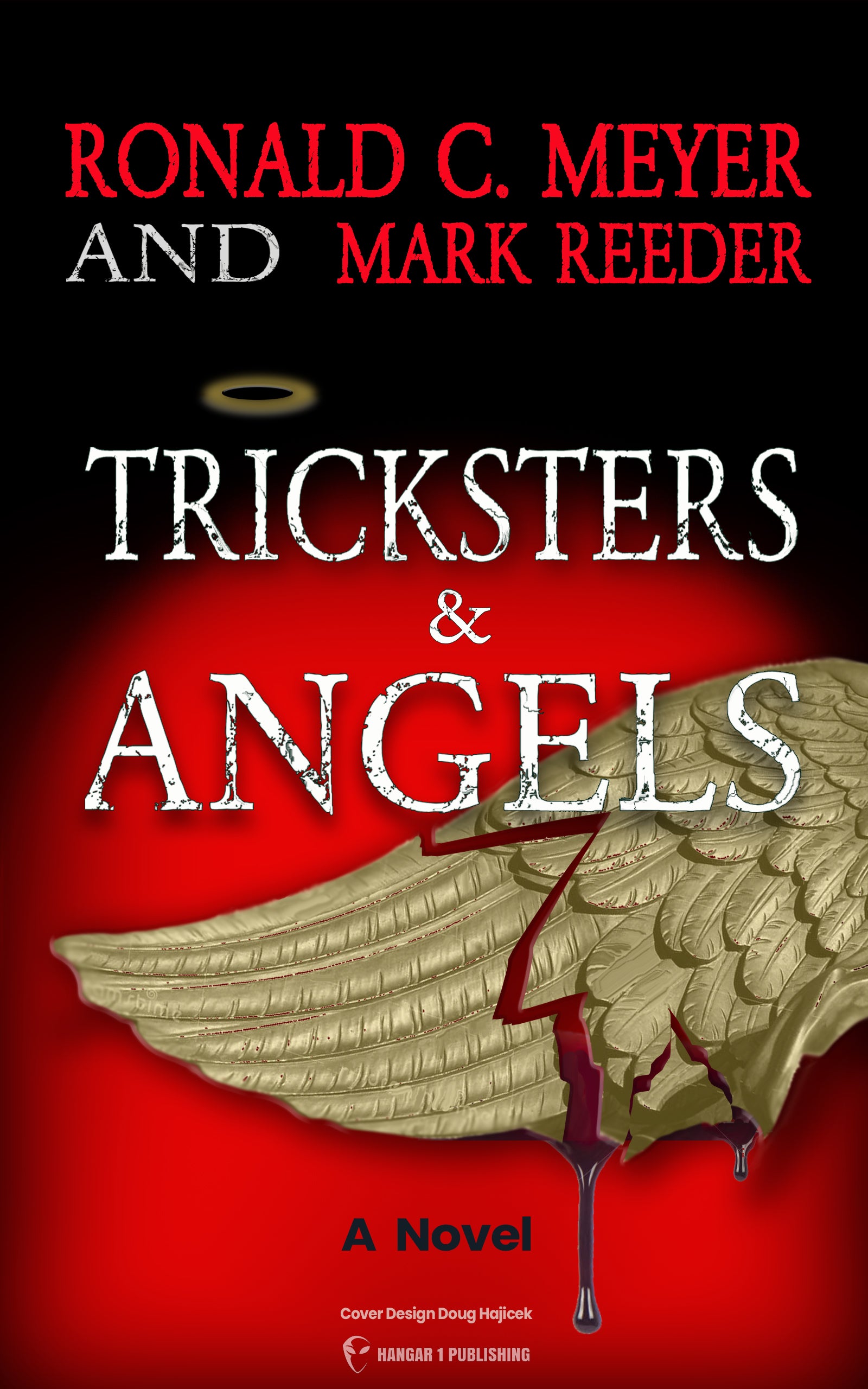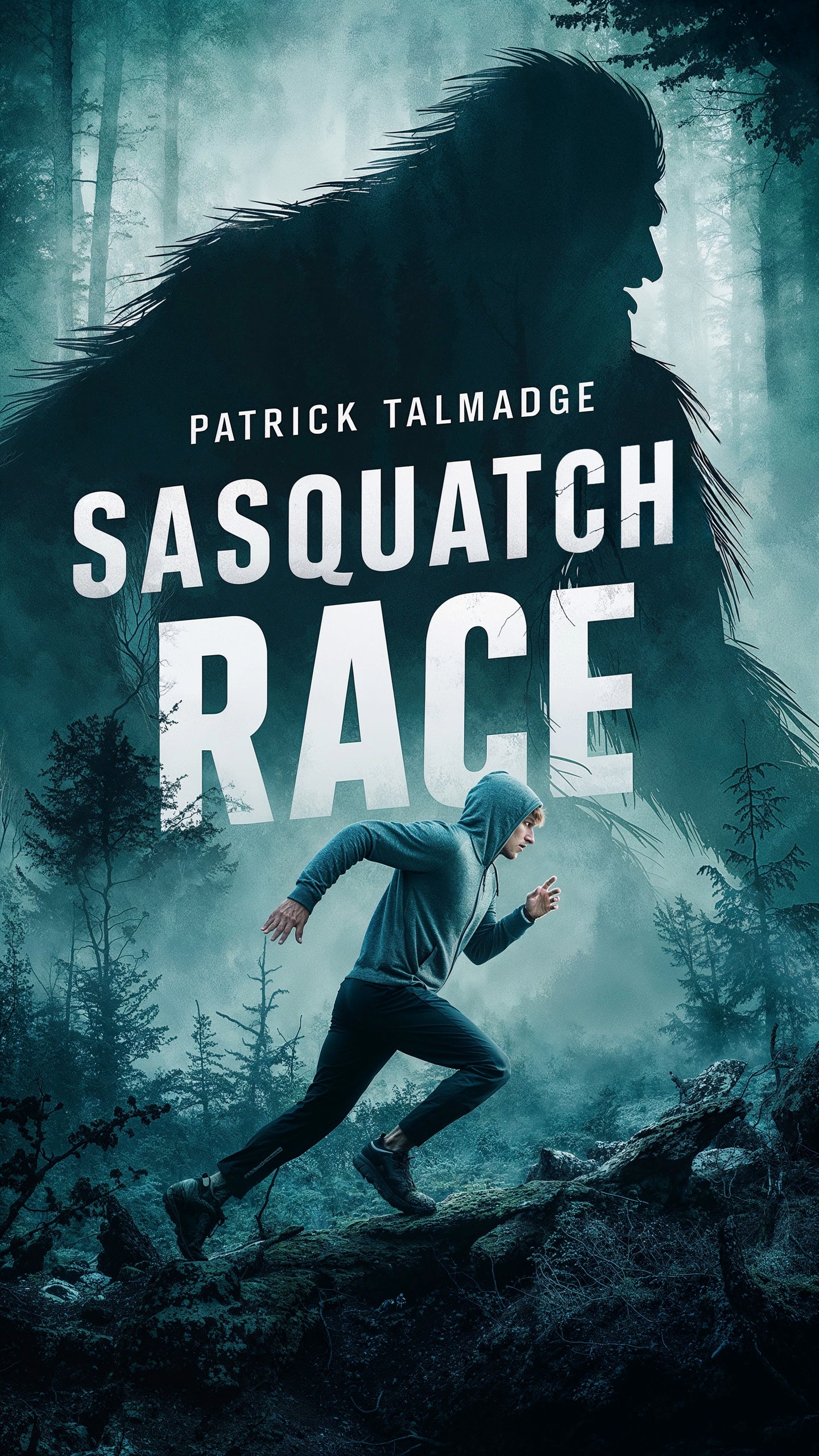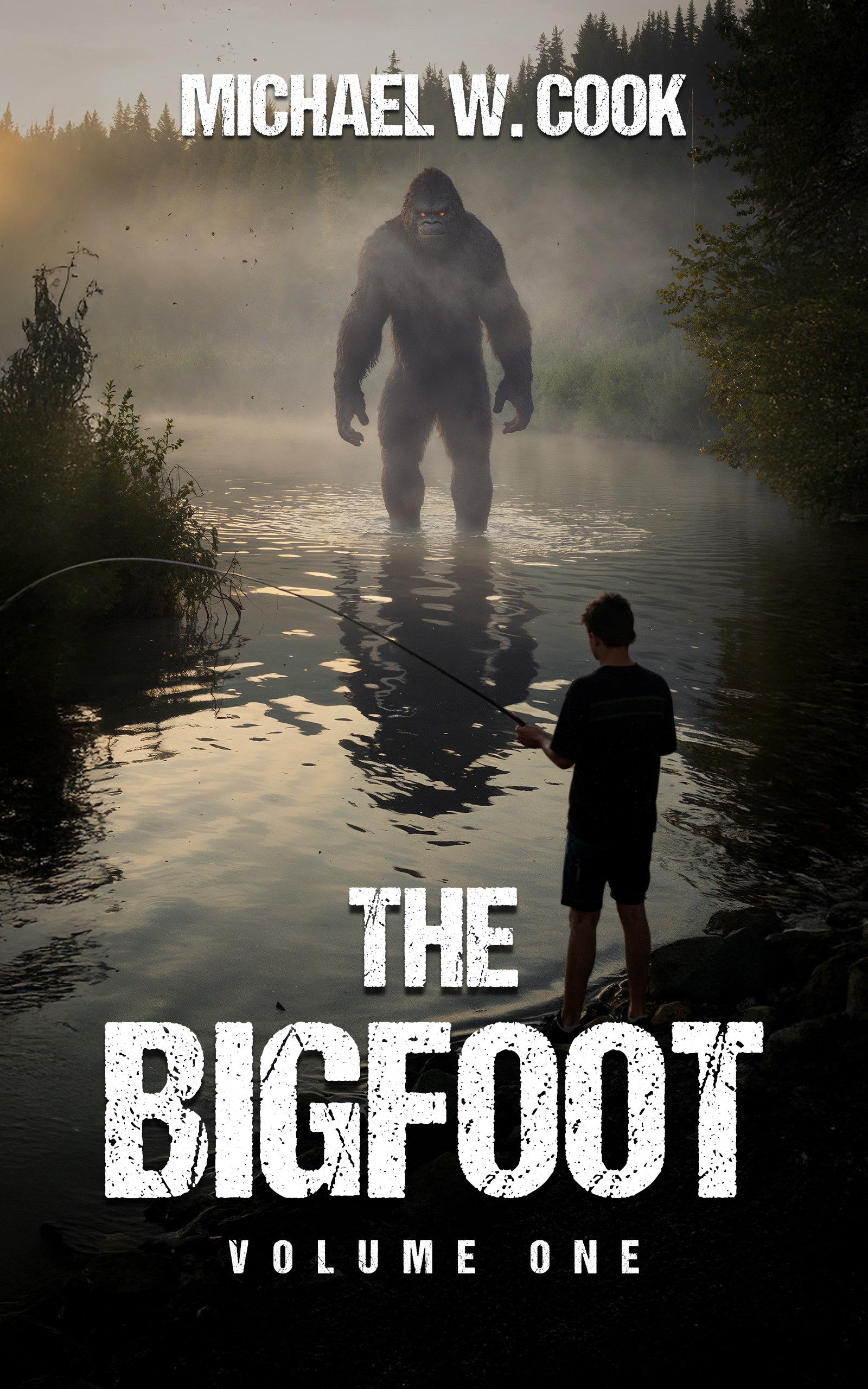Astronaut UFO Sightings: What They Really Saw

By Amara Okafor, Ufologist
When it comes to UFO sightings, few testimonies carry as much weight as those coming from astronauts. These aren't ordinary observers – they're the most elite witnesses humanity has ever produced. Selected from thousands of candidates, astronauts undergo rigorous scientific training, possess exceptional observational skills, and experience environments few humans ever will. Their reports of unidentified objects in Earth's atmosphere, orbital space, or beyond represent some of the most compelling accounts in UFO research.
While Carl Sagan famously stated that "extraordinary claims require extraordinary evidence," astronauts themselves are extraordinary witnesses. This creates a fascinating tension: if anyone could reliably identify unusual aerospace phenomena, it would be these highly trained observers with direct access to environments most humans will never experience.
"I believe that these extra-terrestrial vehicles and their crews are visiting this planet from other planets," testified astronaut Gordon Cooper to the United Nations. "Most astronauts were reluctant to discuss UFOs."
Yet Scott Kelly, who spent a record-breaking 340 days in space, takes a different view: "I would like to believe they're true. But I can't until someone shows me the real evidence."
This stark contrast represents the paradox at the heart of astronaut UFO encounters. The most qualified observers in human history have reported phenomena they couldn't explain – but what does that really tell us?
The Ultimate Observers
Astronauts bring unique qualifications to the UFO debate. Every space-bound individual undergoes exceptionally rigorous selection and training. NASA typically selects people with advanced degrees in science or engineering, extensive aviation experience, and proven capability under pressure. Before ever reaching space, they spend thousands of hours in simulators learning to identify everything they might encounter.
Unlike civilian observers, astronauts can readily recognize normal space phenomena that might baffle untrained eyes: rocket stages separating, space debris, satellite deployments, and various lighting effects. They possess the technical vocabulary to describe observations precisely and typically approach unexpected phenomena analytically rather than emotionally.
However, reporting unusual sightings carries significant professional risk. Kelly noted that when he was flying fighter jets in the Navy, if a pilot reported seeing a UFO, "Alien" would become their callsign for the rest of their career. This creates what I call the "credibility paradox": the witnesses most qualified to observe unusual aerospace phenomena are often the most reluctant to report them.
Mercury Encounters: America's First Space Heroes Meet the Unknown
Major Gordon Cooper, one of the original Mercury Seven astronauts and the last American to fly in space alone, reported multiple UFO encounters throughout his career. Before joining NASA, Cooper witnessed what he described as "metallic, saucer-shaped discs at considerable altitude" while piloting an F-86 Sabrejet over Western Germany in 1951. These objects could easily outmaneuver any American fighter plane of the era.
During his Mercury-Atlas 9 mission on May 15, 1963, Cooper reportedly contacted the tracking station at Muchea (near Perth, Australia) about a greenish glowing object approaching his capsule. What makes this account particularly compelling is that the object was allegedly confirmed by radar at the Muchea tracking station. According to reports, although NBC was covering the flight, reporters were later forbidden from questioning Cooper about the UFO sighting after he landed.
Cooper later made an even more extraordinary claim about an incident he witnessed on Earth – a defined area of ground consumed by flames, with four indentations left by what appeared to be a landed craft. "Beings had left the craft," he stated. "They seemed to have studied topography, collected soil samples, and eventually returned to where they had come from, disappearing at enormous speeds." Cooper claimed the government did "everything to keep this incident from the press and TV, in fear of a panicky reaction from the public."
Donald Slayton, another Mercury astronaut, also reported a pre-NASA UFO encounter in 1951: "I was testing a P-51 fighter in Minneapolis when I spotted this object. At first I thought it was a kite, then I realized no kite could fly that high." After approaching what he initially thought was a weather balloon, Slayton realized "it didn't look like a balloon anymore. It looked like a saucer, a disk." The object then suddenly accelerated away: "It pulled about a 45 degree climbing turn and accelerated and just flat disappeared."
Gemini: The Reports Multiply
The multi-crew Gemini missions produced several notable UFO incidents. In June 1965, astronauts Ed White (the first American to walk in space) and James McDivitt reportedly spotted an unidentified object during their Gemini 4 mission. McDivitt described seeing what looked like a "white cylindrical shape with a white pole sticking out of one corner of it" – resembling a beer can with a pencil extending from it.
"At the time I saw it," McDivitt later recalled, "I said there was something out in front of me or outside the spacecraft that I couldn't identify and I never have been able to identify it, and I don't think anybody ever will."
McDivitt attempted to photograph the object, resulting in images that became known as the "tadpoles" due to their blurry appearance. NASA never released clear images of what the astronauts claimed to have seen. Years later, in 1999, McDivitt suggested the object may have been reflections from bolts in the spacecraft windows, though this explanation seems at odds with his original detailed description.
In December 1965, during Gemini 7, astronauts James Lovell and Frank Borman reported seeing unidentified objects that couldn't be explained as their booster rocket. The transcript of their communication with Capcom reveals the confusion:
Lovell: "BOGEY AT 10 O'CLOCK HIGH."
Capcom: "This is Houston. Say again 7."
Lovell: "SAID WE HAVE A BOGEY AT 10 O'CLOCK HIGH."
Capcom: "Gemini 7, is that the booster or is that an actual sighting?"
Lovell: "WE HAVE SEVERAL...ACTUAL SIGHTINGS."
Capcom: "...Estimated distance or size?"
Lovell: "WE ALSO HAVE THE BOOSTER IN SIGHT..."
What makes this exchange particularly interesting is that Lovell clearly distinguishes between their booster rocket (which they could see) and these other objects they were reporting.
That same month, Gemini 6 astronauts Wally Schirra and Tom Stafford pulled off one of the most famous pranks in space history. Just before reentry on December 16, they reported to Mission Control:
"We have an object, looks like a satellite going from north to south, probably in polar orbit.... I see a command module and eight smaller modules in front. The pilot of the command module is wearing a red suit."
This was followed by the sound of "Jingle Bells" played on a small Hohner harmonica, accompanied by sleigh bells Schirra had smuggled onboard. These became the first musical instruments ever played in space and are now displayed at the Smithsonian National Air and Space Museum.
While this was clearly a holiday joke, some UFO researchers have suggested that other astronauts may have used coded language or humor to reference genuine sightings without causing alarm or breaching security protocols.
Apollo: To the Moon and Beyond
The Apollo missions generated some of the most famous astronaut UFO accounts, none more discussed than what happened during Apollo 11's historic journey to the Moon. During a 2014 Reddit "Ask Me Anything" session, Buzz Aldrin addressed long-standing rumors:
"On Apollo 11 en route to the Moon, I observed a light out the window that appeared to be moving alongside us. There were many explanations of what that could be, other than another spacecraft from another country or another world – it was either the rocket we had separated from, or the 4 panels that moved away when we extracted the lander from the rocket and we were nose to nose with the two spacecraft."
Aldrin concluded firmly: "It was not an alien." However, his sister, Fayan Potter, allegedly told filmmaker James Fox a different story – claiming that Buzz told her they were "followed by something all the way to the Moon."
In a more sensational claim, former NASA employee Otto Binder alleged that ham radio operators intercepted unreleased communications from Apollo 11, where astronauts reported seeing other spacecraft lined up on the crater edge of the Moon watching them. According to this unverified account, Armstrong said: "These 'Babies' are huge, Sir! Enormous! OH MY GOD! You wouldn't believe it! I'm telling you there are other spacecraft out there, lined up on the far side of the crater edge! They're on the Moon watching us!"
While these claims have never been verified and are disputed by NASA, they've become part of UFO lore.
Strange Sounds and Mysterious Company
The Apollo 10 mission in May 1969 generated some unusual reports of its own. Astronauts allegedly heard strange sounds described as "outer space-type music" while orbiting the far side of the Moon, out of radio contact with Earth. The sounds lasted about an hour and were recorded on the Data Storage Equipment recorder. The transcripts of these recordings were classified and not released until many years later.
During the same mission, Gene Cernan made an interesting comment while flying over the lunar surface at 50,000 feet, saying they were "really down among them now." Some UFO researchers interpret this as evidence of structures on the Moon, though others suggest he was simply referring to mountains or crater formations.
One of the lesser-known but fascinating accounts comes from Apollo 17. According to Joanne Donaldson, a former biomedical engineer at NASA, astronaut Ron Evans reported having "company" while orbiting the Moon alone in the Command Module (while Gene Cernan and Harrison Schmitt were on the lunar surface).
Donaldson claimed that when Evans came out from behind the far side of the Moon where radio contact with Earth was re-established, Capcom asked if he was lonely up there without his crewmates. Evans allegedly replied, "No, I got company." According to Donaldson, NASA officials immediately disconnected the public feed for media outlets and later ordered everyone to "continue on with the mission as if nothing has happened and do not discuss this anomaly with anyone outside of your command."
After the mission, Evans reportedly described seeing a cigar-shaped object about 40-45 feet long in orbit around the Moon: "I don't think the Russians launched something this big in orbit."
The Space Shuttle Era and ISS: Modern Space Witnesses
In 2013, NASA astronaut Chris Cassidy alerted ground controllers about an unidentified flying object floating near the International Space Station. The incident briefly made it into NASA's station status report and received a short clip on NASA's YouTube channel.
This case reveals how even experienced space travelers can be momentarily puzzled by ordinary objects in the unusual environment of space. Russian ground controllers quickly identified it as an antenna cover from the Zvezda service module. Because the antenna cover was moving relatively slowly compared to the station, it didn't pose a collision hazard.
British astronaut Tim Peake shared a similar experience on The Graham Norton Show. He described seeing lights moving in formation outside the ISS window: "I saw three lights flying in formation and then there was a fourth. We were like 'wow', and then I was thinking 'it's just a matter of time before all the conspiracy theorists go mad'."
The mundane truth? These were actually frozen waste particles expelled from the Russian segment of the station. As Peake put it, even the most ordinary explanations can initially seem extraordinary in the space environment.
In 2021, Russian cosmonaut Ivan Wagner captured what appeared to be multiple UFOs while filming time-lapse footage of the aurora borealis from the ISS. Wagner tweeted: "What do you think these are? Meteorites, satellites, or...?" The objects appeared to be flying in formation with equal distances between them, arranged in a clear angled line.
Why Space Creates Illusions: The Perceptual Challenge
Former NASA engineer James Oberg has spent years studying astronaut UFO sightings. His conclusion? Human senses evolved for Earth conditions and become confused in the alien environment of space.
"Our sensory system is functioning absolutely perfectly for Earth conditions," Oberg explains. "But we're still a local civilization. Moving beyond our neighborhood has been visually confusing."
He coined the term "space dandruff" to describe the many small pieces that shed from spacecraft during flight – ice flakes, paint chips, or fragments of insulation. These aren't true space junk (which poses collision hazards) but can create unusual visual effects, especially when illuminated by the sun against the darkness of space.
Common Space Misperceptions
Oberg identifies several common misperceptions:
- "Twilight shadowing" - When spacecraft pass through the orbital terminator (the line between day and night), objects can appear to disappear and reappear as lighting changes
- Distance and size illusions - Without atmospheric haze or familiar reference points, it's nearly impossible to judge how far away or how large objects are
- Window artifacts - Multiple panes of glass create reflections and distortions that can seem like external objects
Scott Kelly, who spent 340 consecutive days in space, explains the challenge: "If you see something that you know is an airplane, and you know generally how big airplanes are, you can tell relative distance. But when you have no reference points, whether it's in space or flying over water, it's really an environment prone to optical illusions."
He offered an example from his space shuttle days: "During the first few days in orbit, chunks of ice would detach from the shuttle and float nearby. And oftentimes, you couldn't even tell what these were – because they're all different shapes – you couldn't tell what that ice was and how far away it was. It could be two feet in front of you or 50 miles. You don't know because you have no reference."
The Code of Silence: Did NASA Enforce Secrecy?
Maurice Chatelain, who claimed to be a former chief of NASA Communications Systems, made a bombshell allegation in 1979:
"All Apollo and Gemini flights were followed, both at a distance and sometimes quite closely, by space vehicles of extraterrestrial origin. Every time it occurred, the astronauts informed Mission Control, who then ordered absolute silence."
Chatelain also suggested Walter Schirra aboard Mercury 8 was the first astronaut to use "Santa Claus" as a code name for UFO sightings, and that when James Lovell on Apollo 8 said "PLEASE BE INFORMED THAT THERE IS A SANTA CLAUS" on Christmas Day 1968, it had a hidden meaning related to UFOs.
Claims about a "code of silence" gained some credibility from comments made by astronauts themselves. Scott Carpenter, one of the Mercury astronauts, was quoted saying: "At no time, when the astronauts were in space were they alone, there was a constant surveillance by UFOs."
However, Scott Kelly flatly contradicted these claims during NASA's 2023 UAP study team meeting: "In my 20 years at NASA, no one either officially or unofficially, in my recollection, has ever discussed or briefed us or had any kind of discussions about anything that would be considered a UAP or UFO or anything like that."
After NASA: Why Astronauts Take Different Positions
After leaving NASA, astronauts have taken divergent positions on UFOs. Edgar Mitchell, the sixth person to walk on the Moon, became perhaps the most outspoken former astronaut regarding UFOs. In 2008, he stated: "I happen to have been privileged enough to be in on the fact that we've been visited on this planet and the UFO phenomenon is real." Mitchell claimed that sources at NASA, the Pentagon, and intelligence agencies had confirmed this to him, though he acknowledged he had never personally seen a UFO or alien.
Gordon Cooper maintained his belief in extraterrestrial visits throughout his life, appearing at UFO conferences and providing testimony to the United Nations.
Other astronauts have taken more cautious positions, acknowledging anomalies without endorsing explanations. Buzz Aldrin's narrative about what he saw during Apollo 11 has shifted over time, though he consistently denies seeing alien spacecraft.
Still others, like Scott Kelly, represent the scientific skeptic position: "What was it Carl Sagan said, 'extraordinary claims require extraordinary evidence'? You know, they have every right to make extraordinary claims, but without the extraordinary evidence, they're just claims."
Recent Developments: The UAP Renaissance
In recent years, NASA has taken a more scientific approach to unexplained aerial phenomena. In 2022, the agency commissioned a 16-member independent study team, including former astronaut Scott Kelly. Their September 2023 report found "no conclusive evidence" of extraterrestrial origin for any UAP reports but emphasized the need for better data collection.
NASA Administrator Bill Nelson stated: "The NASA independent study team did not find any evidence that UAP have an extraterrestrial origin, but we don't know what these UAP are."
Meanwhile, the Pentagon's All-Domain Anomaly Resolution Office (AARO) received 366 new UAP reports in 2022 alone. After analysis, about half remained "uncharacterized and unattributed." Congressional hearings and legislation now call for greater transparency about historical UAP incidents dating back to 1945.
Recent Astronaut Encounters
Beyond NASA, other astronauts continue to report unusual encounters. Former astronaut Leroy Chiao reported a strange incident in 2023 while piloting his private plane from Colorado to Texas. He described seeing "two spherical metallic" objects that passed within 20 feet of his aircraft. Despite being on an instrument flight plan under air traffic control, nothing showed up on his instruments or radar.
"I got a good look at them," Chiao said. "I kind of continue to believe they're probably part of some kind of secret program, a government program, advanced drones. But I have no way of knowing."
Geographic Patterns: The Western Skywatcher Effect
UFO sightings aren't evenly distributed across the United States. A recent study analyzing approximately 98,000 reports over 20 years found that the majority originated in the western U.S., with a smaller hotspot in the northeastern U.S.
Researchers at the University of Utah modeled how reported UAP sightings correlate with environmental variables such as light pollution, cloud cover, and proximity to airports and military installations. The western concentration was "completely unexpected," according to lead researcher Richard Medina.
Several factors might explain this geographic pattern. The western U.S. has wide-open spaces and generally temperate weather, drawing people outdoors for recreational activities where they're more likely to be "looking skyward." The region's historical relationship with UFOs – including Nevada's infamous Area 51 and the Roswell incident in New Mexico – may also predispose residents to interpret unusual aerial phenomena as potentially extraordinary.
The Ultimate Question: What Did They Really See?
Astronaut UFO sightings represent a unique category of reports that continue to fascinate both UFO enthusiasts and skeptics. They come from highly credible observers who have experienced the space environment firsthand, yet remain subject to the same perceptual limitations and interpretive challenges as all human observations.
The challenge lies in reconciling two truths: astronauts are among the most technically qualified observers humanity has ever produced, yet the space environment uniquely disrupts normal human perception. Adding to this complexity is the compartmentalized nature of large organizations like NASA, where security clearances, need-to-know protocols, and personnel changes can create situations where different individuals have different information and experiences.
Despite his skepticism about existing evidence, Scott Kelly acknowledged the profound implications if any reports of non-human technology proved accurate: "I actually would think it would be one of the most incredible things if humans ever learned that we are not alone in this universe and that there is intelligent life that has the technology to surmount what we currently believe are the limitations of long-distance space travel."
Whether these reports represent misidentifications of ordinary objects seen under extraordinary circumstances, classified human technology, or genuine evidence of non-human intelligence remains undetermined. What's clear is that they've contributed significantly to our cultural conversation about humanity's place in the cosmos and the possibility of contact with intelligence beyond Earth.
As NASA and other agencies adopt more rigorous scientific approaches to investigating UAPs, we may eventually gain greater clarity about what astronauts and others have been witnessing for decades. Until then, the tension between extraordinary claims and extraordinary witnesses continues to drive one of humanity's most compelling mysteries.
From Bigfoot to UFOs: Hangar 1 Publishing Has You Covered!
Explore Untold Stories: Venture into the world of UFOs, cryptids, Bigfoot, and beyond. Every story is a journey into the extraordinary.
Immersive Book Technology: Experience real videos, sights, and sounds within our books. Its not just reading; its an adventure.


